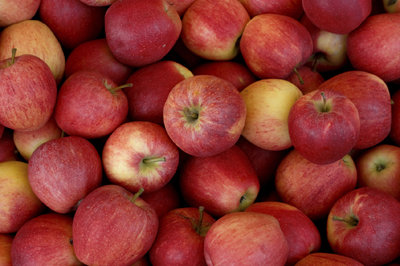Converting areas of turf and lawn into native warm season grasslands increases the vertical structure and species diversity necessary to feed and provide cover for grassland birds such as bobwhite quail, grasshopper sparrows, meadowlarks, and loggerhead shrikes. Typical warm-season grass species include switchgrass, indiangrass, little and big bluestem, which can be mixed into a beautiful wildflower meadow filled with black-eyed Susans, partridge pea, purple coneflower, butterfly milkweed, and New England Asters.
Native Plants & Pollinators
The more native plants in your landscape, the better it is for wildlife.

Information on Important Crop Pollinators
Pollinators play a significant role in the production of more than 150 food crops in the United States, and studies have found that pollination enhances the yield and quality of a variety of important economic crops. The majority of this economic benefit is attributed to pollination by wild bees. Providing uncultivated land, or habitat, near field edges has shown to increase crop yield and profit. Piedmont farmers can benefit financially by providing adequate habitat for these little produce-friendly helpers.
Managing Your Pesticide Use
If you must spray chemicals on your property, you can take steps to 'manage' your pesticide use. Pesticides can kill pollinator or at the least negatively affect their pollination and reproduction behaviors. Labels only mention potential dangers to honey bees, some bumble bees, and orchard bees which can have very different reactions to chemicals than many native pollinators.
Pollinator-Friendly Plants for Aquatic and Riparian Areas
List of wetland plants that also support pollinators, (E) denotes that the plant is a quick rooting robust soil stabilizer.
Creating Pollinator Habitat
It begins with providing a diversity of native plant species that offer an ongoing sequence of open flowers from early spring to fall. Early spring pollinators have the biggest challenge in finding enough nectar and pollen to provide sufficient nutrition to their young.
Native Plant Lists
Find out what plants are native to the Virginia Piedmont using one of the following native plant lists.
